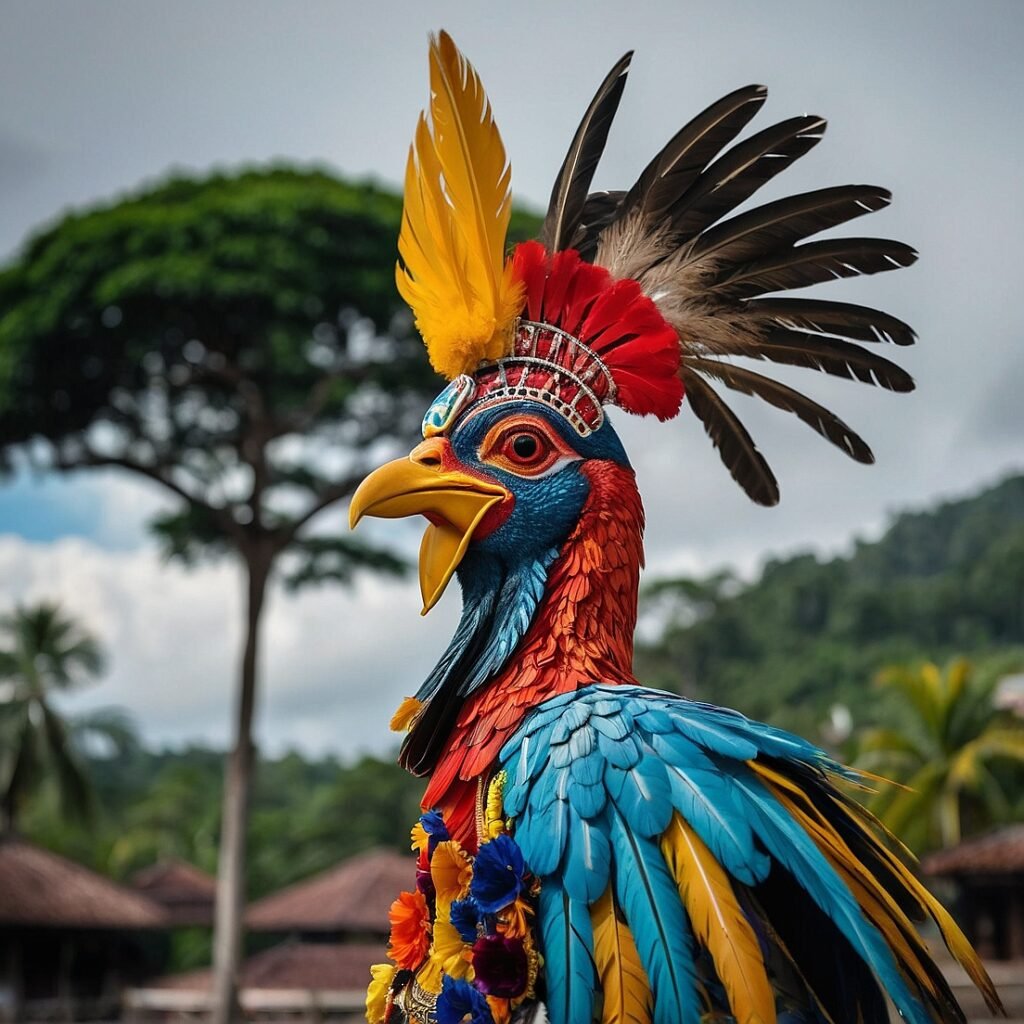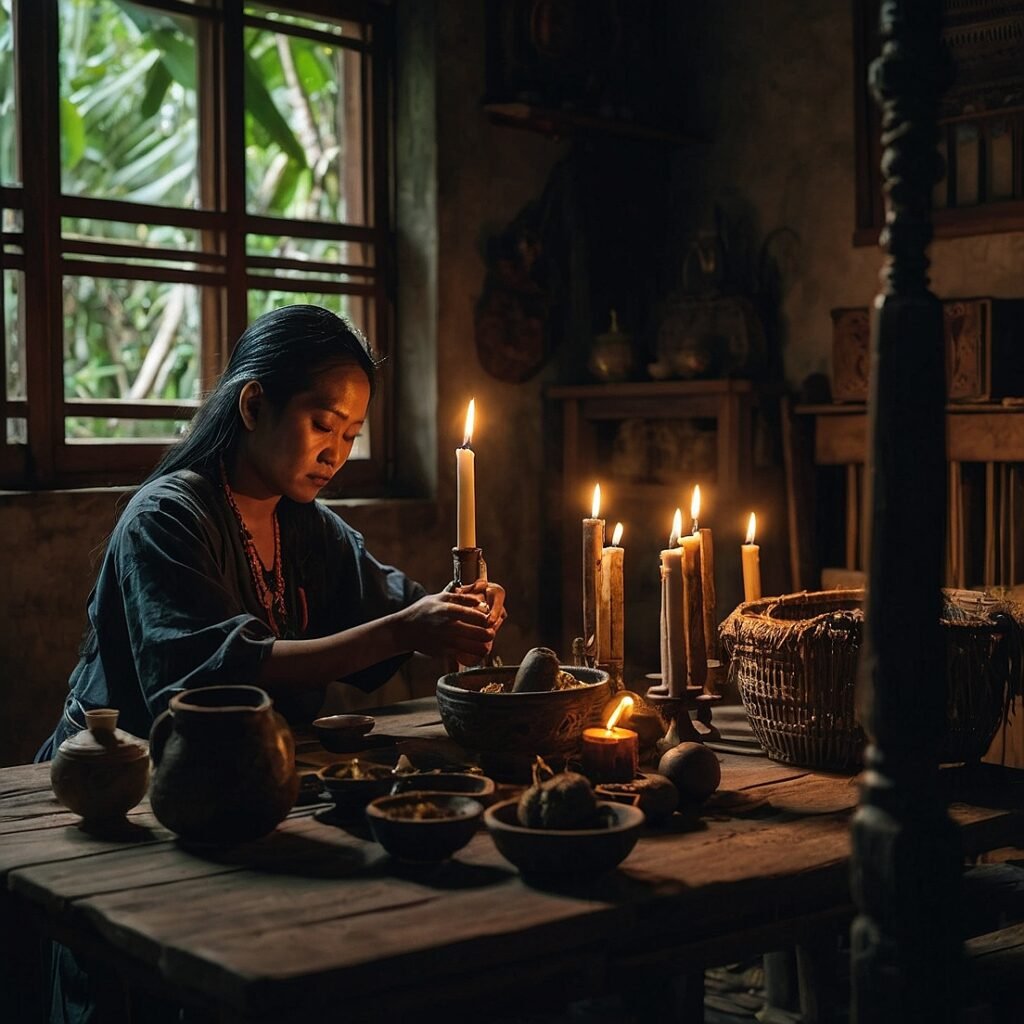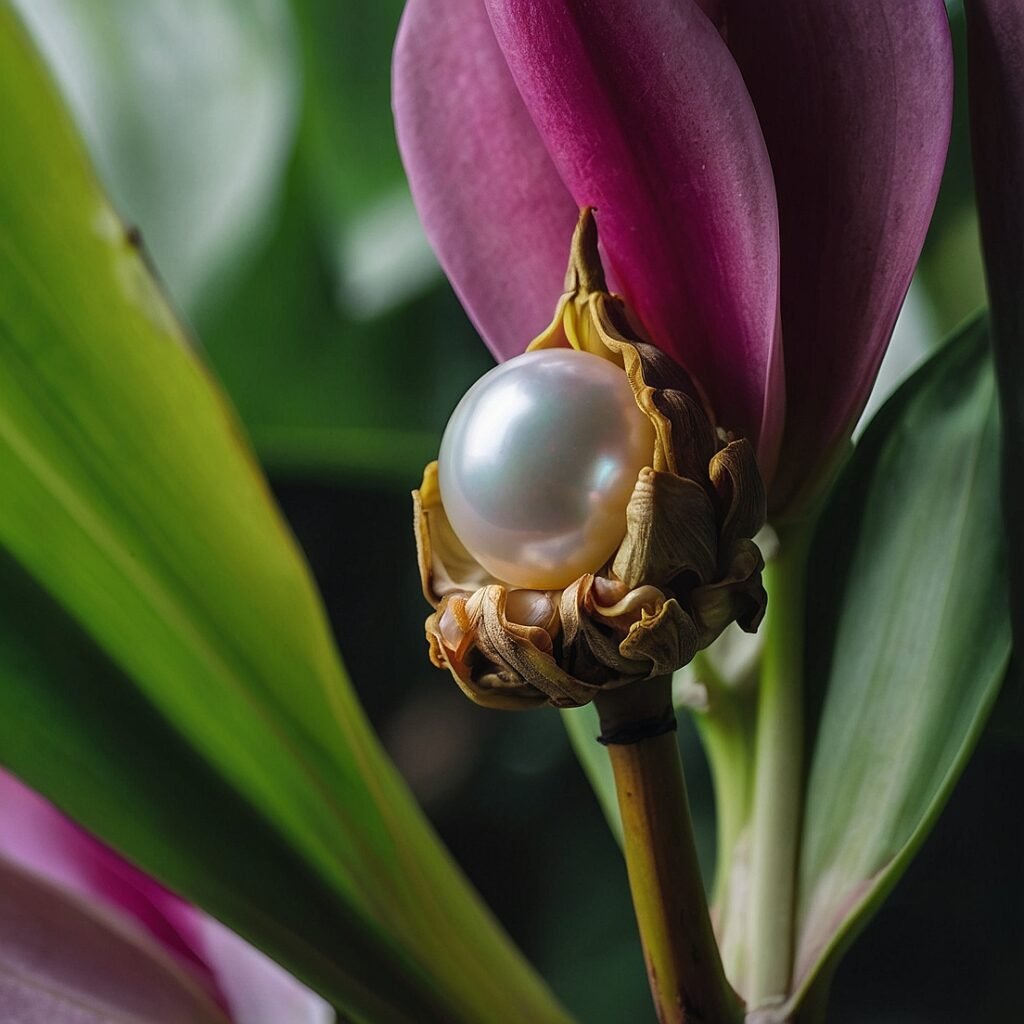Have you ever gazed upon the vibrant colors of a tropical bird and felt a spark of magic in the air? Imagine a creature so magnificent that it transcends the boundaries between the earthly and the divine. Welcome to the captivating realm of Philippine folklore, where the Sarimanok reigns supreme as a symbol of beauty, power, and cultural heritage.
As I stand amidst the lush greenery of Mindanao, the southernmost major island of the Philippines, I can almost hear the whisper of ancient tales carried on the warm breeze. It’s here, in the heart of Maranao culture, that the legend of the Sarimanok takes flight, soaring through generations and captivating the imaginations of both young and old.
Unveiling the Sarimanok: A Feathered Marvel of Maranao Lore
The Sarimanok isn’t just any bird – it’s a creature of legend, a dazzling fusion of avian grace and mythical significance. Picture, if you will, a bird with the regal bearing of a phoenix, adorned with a riot of colors that would make a peacock envious. Its name, “Sarimanok,” is a melding of Maranao words: “sari” meaning cloth or garment, and “manok” translating to chicken or bird. But don’t let the humble “chicken” fool you – this is a bird fit for royalty.
In Maranao artistry, the Sarimanok is often depicted as a fowl with vibrant plumage, its head crowned with an elaborate crest. Its long, graceful neck curves with an elegance that seems almost impossible for a mere bird. But what truly sets the Sarimanok apart is the fish dangling from its beak or talons. This isn’t just any fish – it’s a symbol of sustenance, of the bounty of nature, and of the delicate balance between sky and sea.
As I delve deeper into the lore surrounding this magnificent creature, I’m struck by the depth of meaning woven into every feather, every scale of the fish it carries. The Sarimanok isn’t just a pretty face in Maranao culture – it’s a powerful symbol of good fortune, a harbinger of luck, and a representation of power and prestige.
The Cultural Tapestry: Sarimanok in Maranao Life
The Royal Connection
In the rich tapestry of Maranao culture, the Sarimanok holds a place of honor that goes beyond mere folklore. This isn’t just a creature of myth – it’s a symbol deeply intertwined with the concept of royalty and nobility. As I speak with local elders, their eyes light up with pride as they explain how the Sarimanok has been a longstanding emblem of the Maranao royal houses.
Imagine, if you will, a grand gathering of Maranao nobility. The air is thick with the scent of spices and the murmur of important discussions. And there, presiding over it all, is the image of the Sarimanok – resplendent in gold, perhaps, or intricately carved into the very walls of the royal dwelling. It’s a constant reminder of the power and responsibility that comes with leadership, a beautiful but serious symbol of the duty to provide for and protect one’s people.
Artistry and Everyday Life
But the Sarimanok isn’t confined to the lofty realms of royalty. As I wander through local markets and homes, I see its influence everywhere. The vibrant colors and graceful lines of the Sarimanok have found their way into the intricate patterns of Maranao textiles, the delicate swirls of metalwork, and even the everyday items used in homes across the region.
One particularly stunning example is the “okir” or “okil” – the distinctive curved, flowing designs that are a hallmark of Maranao visual arts. These patterns, often incorporating elements of the Sarimanok, adorn everything from the majestic “torogan” (royal houses) to humble kitchen utensils. It’s as if the spirit of the Sarimanok has taken flight and scattered its beauty across every aspect of Maranao life.
The Sarimanok in Filipino Pop Culture
A National Icon
The allure of the Sarimanok extends far beyond the borders of Maranao territory. This mythical bird has spread its wings across the entirety of the Philippines, becoming a recognized symbol of Filipino creativity and cultural heritage. As I flip through magazines and browse local websites, I’m struck by how often the Sarimanok appears in logos, advertisements, and artistic interpretations.
One of the most notable adoptions of the Sarimanok in popular culture was its use as the logo for the Cultural Center of the Philippines from 1969 to 2005. Imagine the pride of the Maranao people, seeing their ancient symbol representing the pinnacle of Filipino arts and culture on a national stage! It’s a testament to the enduring power and universal appeal of this mythical creature.
Modern Interpretations
But the Sarimanok isn’t content to remain a static symbol of the past. Like any good legend, it continues to evolve and find new expressions in contemporary art and design. I’ve had the pleasure of visiting galleries where young Filipino artists have reimagined the Sarimanok in bold, innovative ways – from sleek, minimalist renditions that capture the essence of its form to explosive, abstract interpretations that play with color and movement.
One particularly memorable piece I encountered was a large-scale installation that combined traditional Maranao metalwork techniques with modern lighting technology. The result was a Sarimanok that seemed to shimmer and change as you moved around it, its colors shifting like the feathers of a living bird. It was a breathtaking fusion of ancient legend and contemporary artistry that left me in awe of the continuing relevance and adaptability of this powerful symbol.
The Sarimanok: More Than Just a Pretty Bird
Symbol of Prosperity and Abundance
As I dig deeper into the significance of the Sarimanok, I’m struck by how much meaning is packed into this single image. It’s not just a decorative motif – it’s a powerful symbol of prosperity and abundance that resonates deeply with the Maranao people and beyond. The fish in its beak or talons isn’t just a snack – it represents the bounty of nature, the promise of sustenance, and the hope for a prosperous future.
In a region where agriculture and fishing have long been the backbone of the economy, the Sarimanok serves as a kind of spiritual mascot for abundance. It’s as if by invoking this mythical creature, the Maranao people are calling down blessings on their land and waters. I’ve heard stories of farmers and fishermen offering prayers to the spirit of the Sarimanok before beginning their work, a beautiful blending of ancient animist beliefs with the predominant Islamic faith of the region.
A Bridge Between Worlds
But the Sarimanok is more than just a good luck charm for material prosperity. In many tellings of the legend, this magnificent bird serves as a mediator between the earthly realm and the divine. Some stories describe the Sarimanok as a messenger of the gods, carrying important communications between the heavens and earth. Others portray it as a guide for the souls of the departed, helping them navigate the journey to the afterlife.
This spiritual aspect of the Sarimanok adds a depth and complexity to its symbolism that I find utterly fascinating. It’s not just a creature of this world, but a being that exists between worlds – much like the shaman or spiritual leaders who play such important roles in traditional Maranao society. In this light, the Sarimanok becomes a symbol of wisdom, of hidden knowledge, and of the interconnectedness of all things.
The Sarimanok in Numbers: A Data Perspective
While the Sarimanok is primarily a creature of myth and symbol, its impact on Maranao culture and beyond can be seen in some interesting data points. Let’s take a look at some numbers that help illustrate the significance of this legendary bird:
| Aspect | Data (as of 2016) | Significance |
|---|---|---|
| Appearances in Maranao Art | Found in 85% of traditional textiles | Highlights the pervasiveness of the symbol in everyday life |
| Use in Business Logos | 120+ registered businesses in Mindanao | Shows adoption beyond traditional contexts |
| Sarimanok Festivals | 3 annual events dedicated to the legend | Demonstrates ongoing cultural importance |
| Museum Exhibits | Featured in 7 major Philippine museums | Indicates national recognition of cultural value |
| Academic Studies | 25+ published papers on Sarimanok symbolism | Reflects scholarly interest in the legend |
| Tourism Impact | 15% increase in cultural tourism to Maranao areas | Suggests economic benefit of cultural preservation |
These numbers, while impressive, only scratch the surface of the Sarimanok’s impact. They don’t capture the intangible effects – the sense of pride, the preservation of tradition, and the spark of creativity that this legend continues to inspire.
The Future of the Sarimanok: Preserving a Legend
Challenges in a Changing World
As I reflect on the rich history and deep significance of the Sarimanok, I can’t help but wonder about its future. In a rapidly modernizing world, where global influences often overshadow local traditions, how will this beautiful legend fare? It’s a question that weighs heavily on the minds of cultural preservationists and Maranao elders alike.
The challenges are numerous. Younger generations, drawn to the allure of city life and global pop culture, may lose touch with the traditions of their ancestors. The art forms that have long been vehicles for the Sarimanok’s story – intricate metalwork, detailed woodcarving, and traditional textiles – require skills that take years to master. As fewer young people choose to learn these crafts, there’s a risk that the nuanced depictions of the Sarimanok could be lost.
Moreover, the Sarimanok, like many aspects of indigenous culture, faces the threat of commercialization and oversimplification. While its adoption as a national symbol has brought recognition, there’s always the danger that its deeper meanings could be diluted, reduced to a mere decorative motif stripped of its spiritual and cultural significance.
Efforts to Keep the Legend Alive
But it’s not all doom and gloom for our feathered friend. Across the Philippines, and particularly in Mindanao, there are passionate individuals and organizations working tirelessly to ensure that the legend of the Sarimanok continues to soar. Cultural education programs in schools are introducing young Filipinos to the rich tapestry of their folklore heritage. Art workshops are teaching traditional techniques alongside modern interpretations, allowing the Sarimanok to evolve while staying true to its roots.
One particularly exciting development I’ve observed is the use of digital technology to preserve and spread the legend. Virtual museums are making Sarimanok artifacts accessible to a global audience. Social media campaigns are encouraging young Filipinos to share their own interpretations of the Sarimanok, sparking renewed interest in this ancient symbol.
Conclusion: The Enduring Flight of the Sarimanok
As our journey through the world of the Sarimanok comes to a close, I find myself in awe of the enduring power of this mythical bird. From its roots in Maranao royalty to its place in contemporary Filipino culture, the Sarimanok has proven itself to be more than just a legend – it’s a living, evolving symbol of Philippine identity, creativity, and resilience.
We’ve explored its rich symbolism, from promises of prosperity to bridges between worlds. We’ve seen how it has adapted to changing times, finding new expressions in art, design, and even corporate logos. And we’ve considered the challenges it faces in a rapidly changing world, along with the efforts being made to ensure its survival.
The story of the Sarimanok is, in many ways, the story of the Philippines itself – a tale of beauty and complexity, of tradition and innovation, of challenges overcome and a bright future ahead. As this magnificent bird continues its flight through Philippine culture, it carries with it the hopes, dreams, and identities of generations past, present, and future.
So the next time you see a colorful bird or a flowing design that catches your eye, take a moment to wonder – could this be inspired by the legendary Sarimanok? And if you’re ever fortunate enough to visit the Philippines, keep your eyes open for glimpses of this magical creature in art, architecture, and the warm smiles of the people who keep its legend alive.
What’s your experience with Philippine folklore? Have you encountered symbols like the Sarimanok in other cultures? Share your thoughts and stories in the comments below – let’s keep the conversation, and the legend, flying high!
Disclaimer: This article is based on available information up to 2016. While every effort has been made to ensure accuracy, folklore and cultural interpretations can vary. We encourage readers to engage with local communities and authoritative sources for the most current and nuanced understanding of the Sarimanok legend. If you notice any inaccuracies, please report them so we can promptly make corrections.




